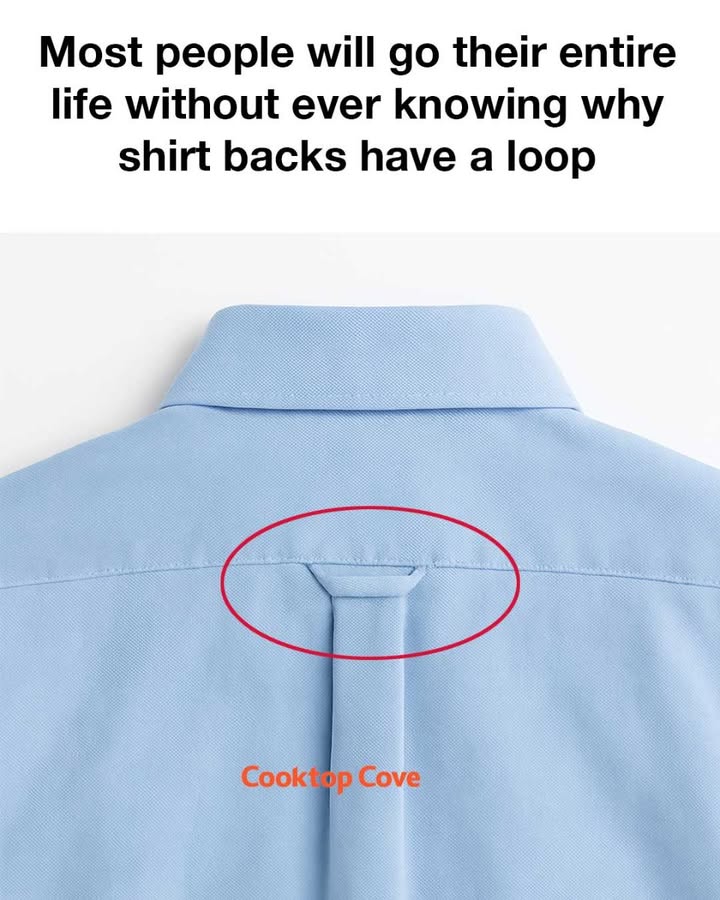
CasserolesVegetarianComfort ClassicsSouthernLow-CarbInstant Pot KitchenTop Recipes This is the first time I’m hearing of this Georgia Lynn Contributing Writer Like to see more from Tips for the Home Print this recipe In the world of fashion, there are many details that go unnoticed by the average person. One such detail is the small loop found on the back of many shirts, particularly dress shirts and casual button-downs. Most people will go their entire life without ever knowing the purpose of this seemingly insignificant feature. This article aims to unravel the mystery of the shirt back loop, exploring its origins, evolution, and the various reasons it continues to exist in modern apparel. Historical Origins of the Shirt Back Loop The shirt back loop, often referred to as a ‘locker loop,’ has its origins in the mid-20th century. It is believed to have first appeared on shirts made by the GANT company in the 1960s. These loops were initially designed for Ivy League college students who needed a convenient way to hang their shirts in gym lockers, hence the name ‘locker loop.’ This innovation quickly caught on and became a standard feature in men’s shirts, symbolizing a blend of practicality and style.
Conclusion: The Enduring Mystery of the Shirt Back Loop
While the shirt back loop may seem like a minor detail, its history and continued presence in fashion reveal much about the evolution of clothing design and cultural trends. Whether used for practical purposes, as a fashion statement, or as a symbol of quality, the loop has proven to be a lasting and versatile feature. For those who take the time to notice it, the shirt back loop offers a glimpse into the rich tapestry of fashion history and the subtle intricacies that define our everyday garments.